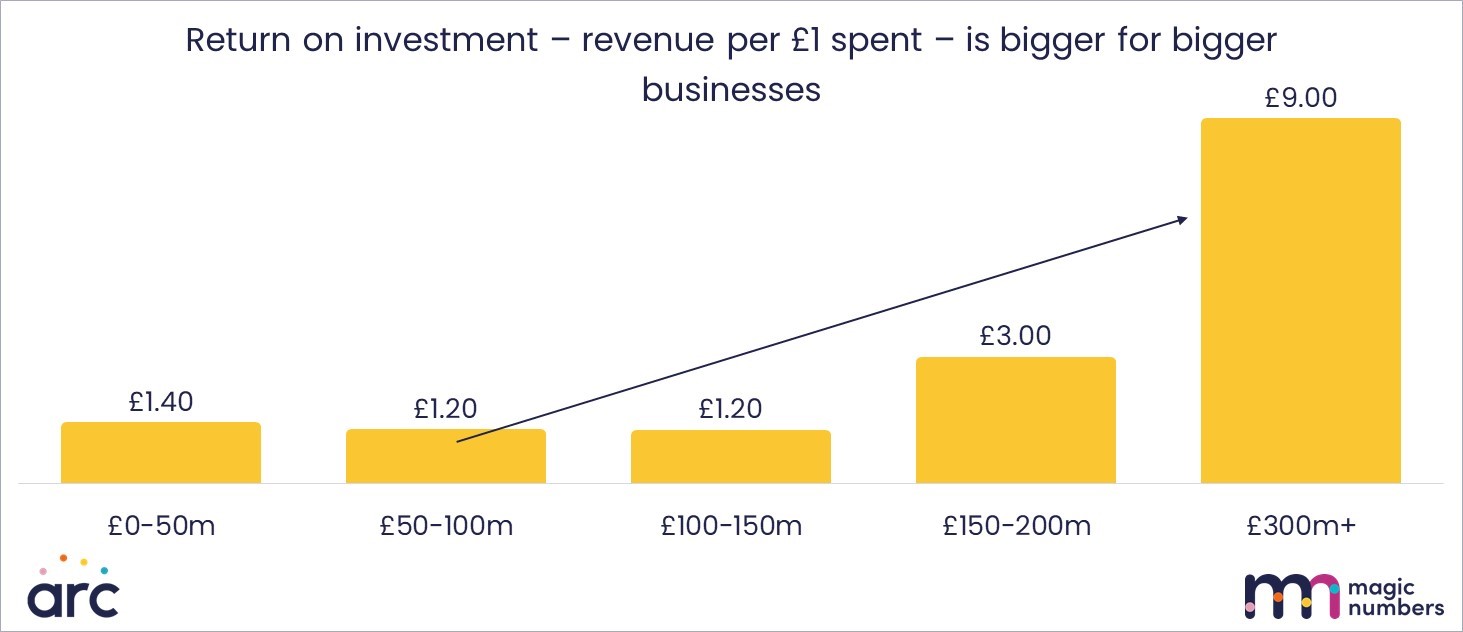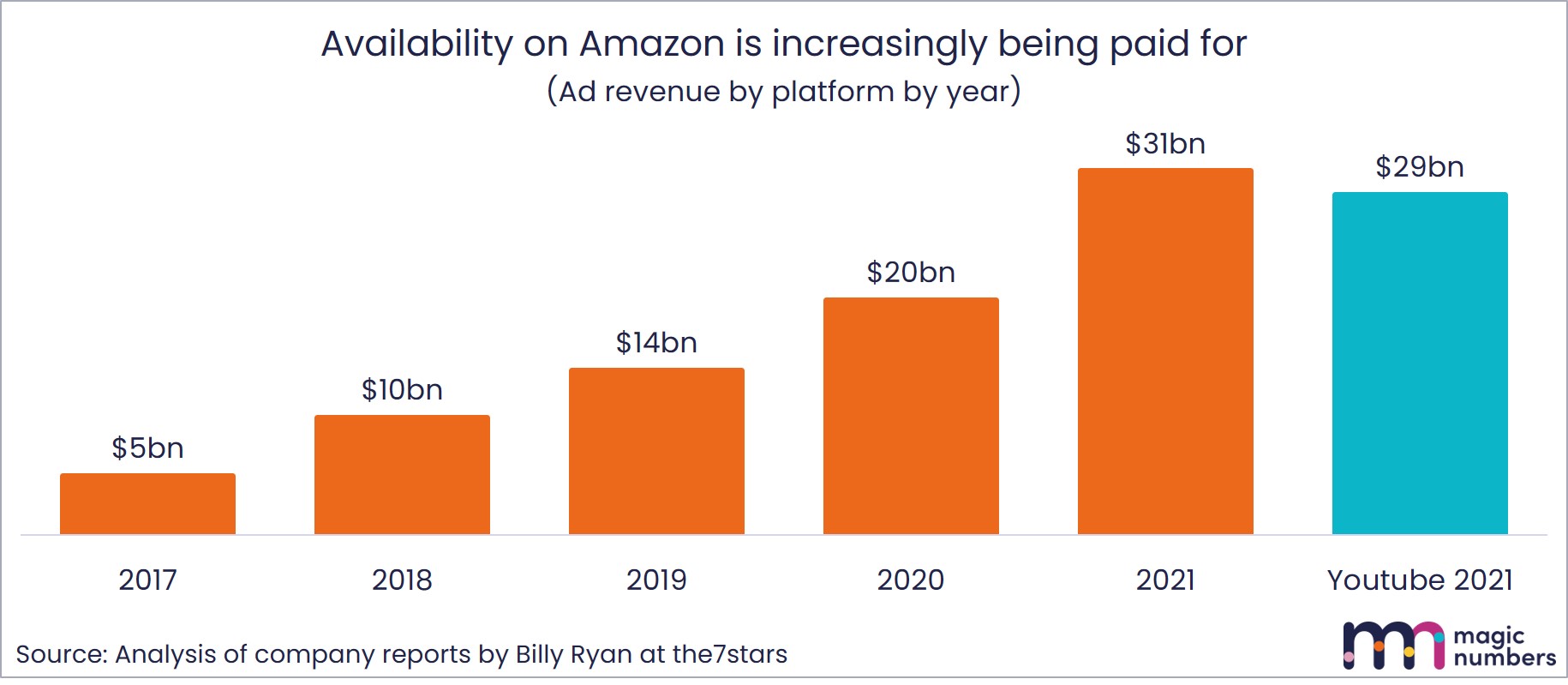The marketing playing field has never been level. Effective marketing is easier for big companies, it’s a well-established fact. The theory on why – double jeopardy – comes from respected academics including Ehrenberg, Sharp and Romaniuk, and the evidence is indisputable too.
But what isn’t well known is how the tilt in the pitch has been changing as technology transformed the way consumers and marketers go about their business.
The pendulum has had two swings: Starting in the 1990s, the internet made it easier for start-up businesses to make their products available, market them, and grow. But since then, the direction of travel is increasingly in the opposite direction. With ever growing advantage for the big players.
The reason is that algorithms are mediating ever more purchases and they prioritise things that are already popular. That means businesses that are already big. Smaller businesses are served up less often, pay more for their online ads, and have to devote more cash to defending their existing sales.
The two swings net out at a situation where it’s easier for small businesses to launch than ever before, but also where there’s a drag on how fast and far their growth can go. Where challengers can only challenge so much, and big business remains at least partly insulated from competition.
It’s better to be big
The chart below plots return on investment for advertising in 343 UK econometrics studies between 2015 and 2019 by size of the advertiser’s business. It’s clear, ROI is higher if you’re a bigger company.




